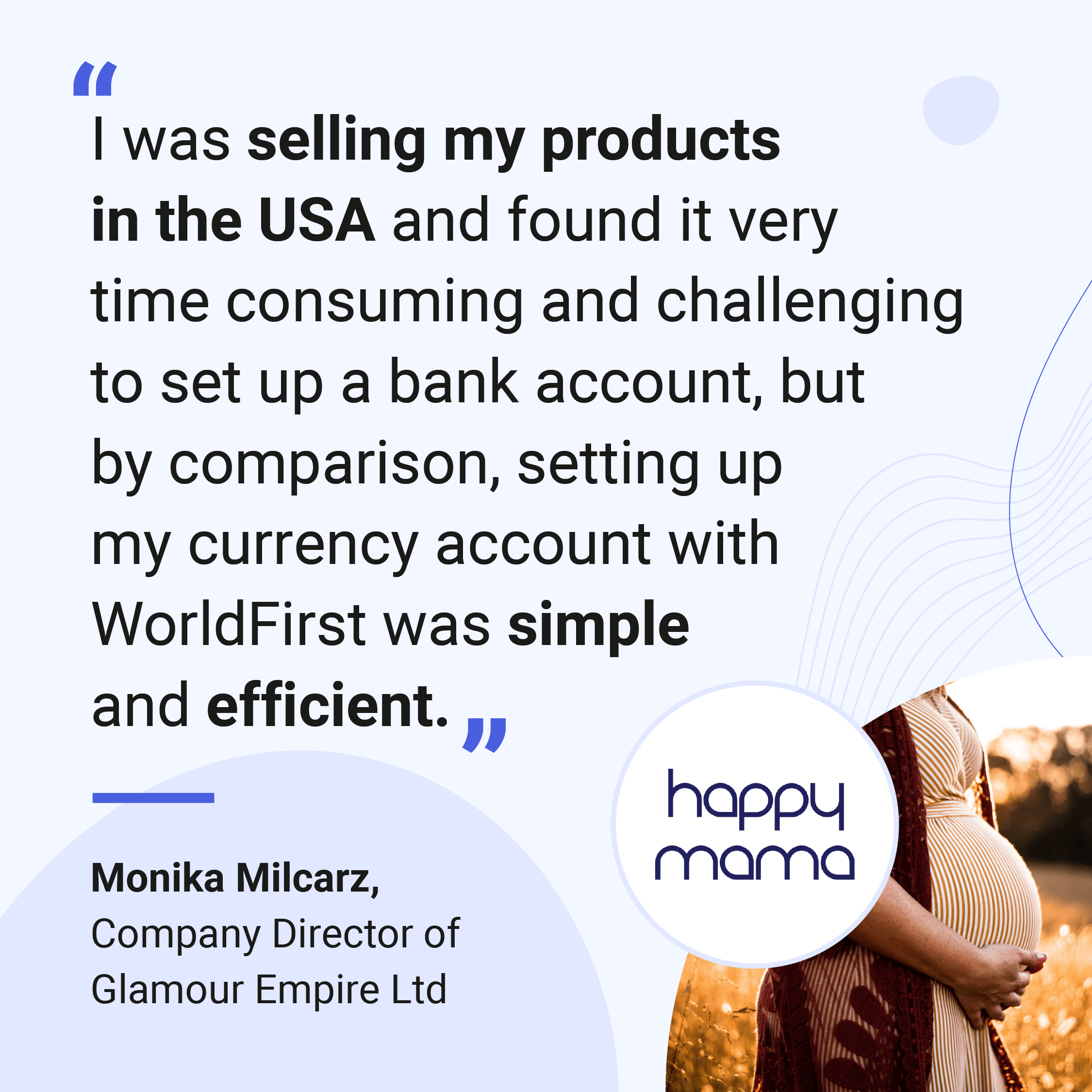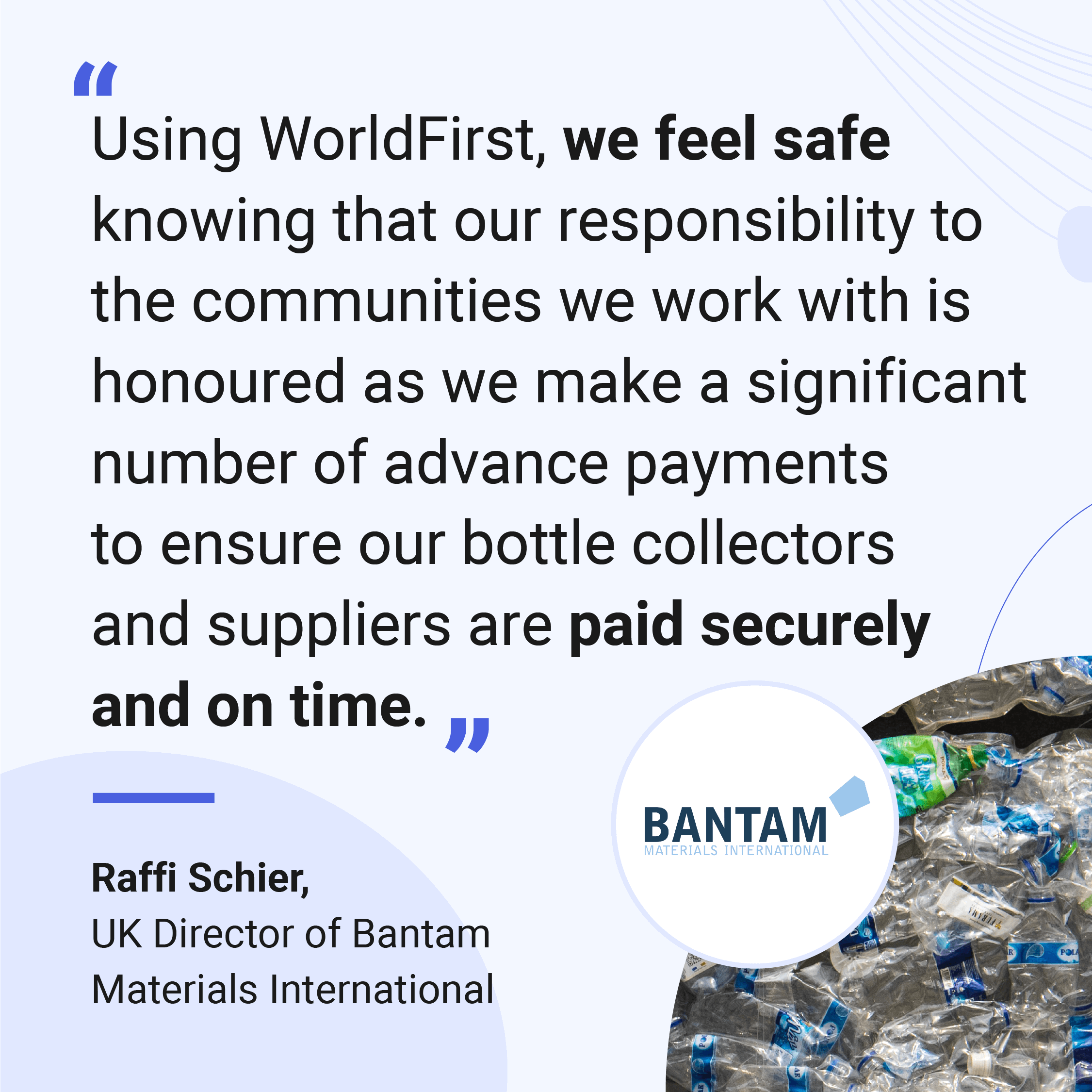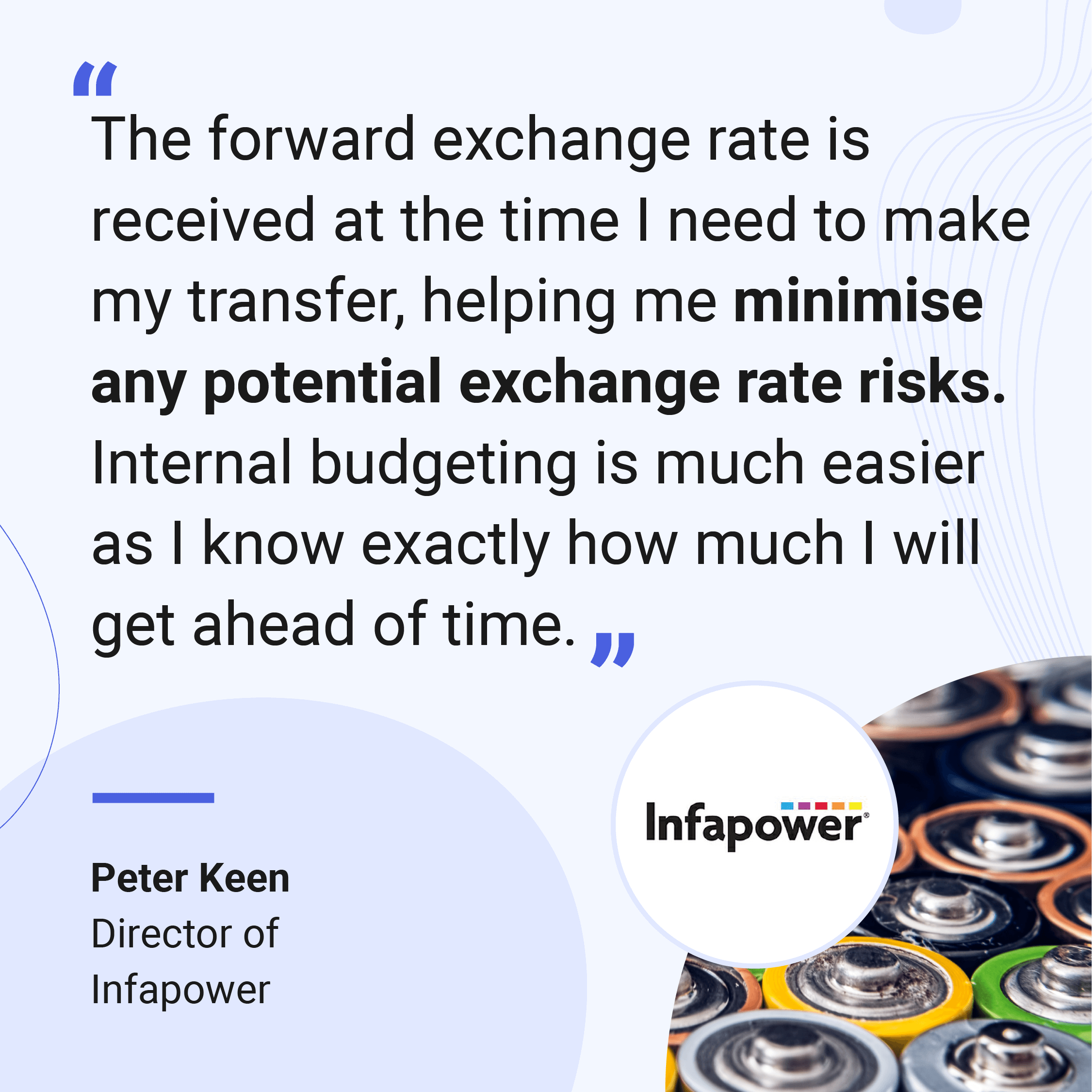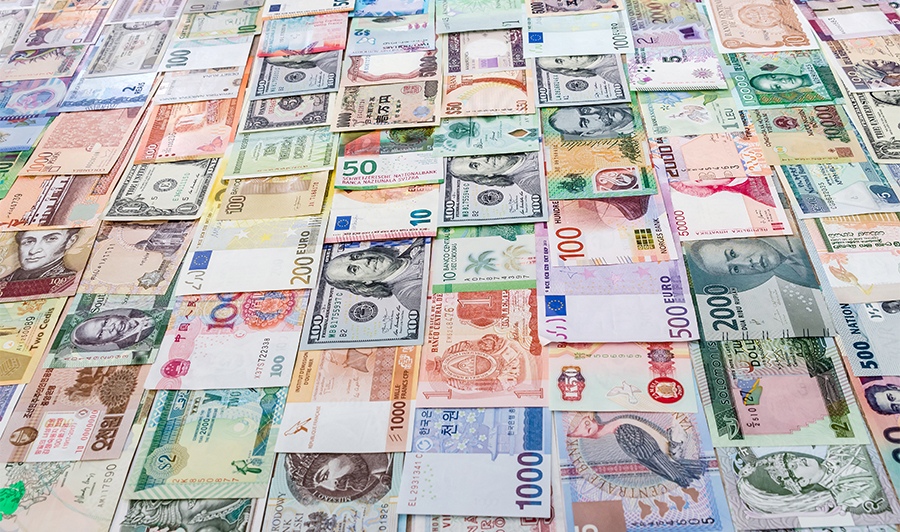
With nearly 200 countries using almost as many currencies, how does multi-currency payment processing work? In an increasingly globalised world, the success of trade relies on multi-currency payment processing to facilitate healthy business relationships.
If you’d like to learn more about how currency payments are processed and whether your business needs a multi-currency account, you’re in the right place. We’ll outline all the essentials you need to know below, so that you can grow your business more easily.
- How does multi-currency payment processing work?
- What is a multi-currency account?
- How can it handle transfers?
- How much do transfers cost?
- How long do transfers take?
- How many currencies can a single account handle?
- What are the business benefits of having a multi-currency account
- How to open a multi-currency account
How does multi-currency payment processing work?
Across the world, different currencies have different values. For example, one US dollar doesn’t have the same purchasing power as one British pound because US dollars are worth less than pounds. This means that US customers looking to buy UK goods need to part with a greater number of dollars for a product or service. Conversely, UK consumers pay fewer pounds to import US goods.
You may be somewhat familiar with this phenomenon if you’ve gone on holiday and had to exchange British pounds for another currency like euros or dollars. Your money gets converted at a certain rate, around €1.10 or $1.25 for every £1 you pay. The difference in these values is called the exchange rate.
Various factors influence the exchange rate of two currencies, including the supply of one currency versus another, how stable each government and economy is, each nation’s trading balance, and more. You may even notice that some currencies’ values remain fixed for brief windows as central banks compete against market forces by restricting the circulation of their nation’s currency. Unfortunately, with so many factors affecting the value of currencies, prices are always changing, making international payments difficult.
That’s why businesses use currency transfer providers to limit the effects of fluctuating currency values on their international payments. Providers of multi-currency payment processing use three components to determine transaction values:
- The exchange rate - the rate that two currencies are exchanged for (according to the transfer provider).
- The transaction fee - the cost that transfer providers charge for facilitating the transaction.
- The transfer amount - the total amount of money your business spends, in two parts: the transaction fee to the provider and the amount that arrives with the recipient according to the exchange rate at the time.
Multi-currency payment processing works like this: transfer providers apply a slightly higher exchange rate than the international market rate to ensure that the correct amount of money arrives with the recipient, free from market fluctuations. Transfer providers also charge fees for their services, which may be fixed, or based on a percentage of the total transaction value.
What is a multi-currency account?
With a multi-currency account from WorldFirst you can send and receive more than one type of currency.
Multi-currency accounts work in a similar way to UK business current accounts. Such accounts can accept customer payments or send money to suppliers, and they also come with the added benefit of operating in the currencies of your choice (like pound sterling and US dollars or Chinese renminbi).
How can it handle transfers?
Multi-currency accounts have the same three components outlined above (an exchange rate, transaction fee and a total transfer amount). However, multi-currency accounts work in both exchange directions. Using a single multi-currency account, you can complete any combination of the following:
- Top up your foreign currency account in pounds sterling
- Pay suppliers in their local currency
- Accept payments from customers in their local currency
- Transfer your profits back into pounds sterling again
Some providers, like WorldFirst, even allow you to trigger currency exchanges at times that suit you — whether you need to sort out cash flow between accounts or want to capitalise on a favourable exchange rate that day.
How much do transfers cost?
Transfer costs vary according to three factors: the specific currencies being exchanged, the exchange rate set by the transfer provider, and the transfer fee.
We’ll touch on transfer fees first, because they’re simple. Transfer fees are a flat cost added to each transaction that simply reflect the cost of moving money around. Nearly all transfer providers and banks charge fees for certain types of transactions, and currency exchanges are one such example.
Now onto currency exchange rates. Some currency pairs are valued closely together; for example (at the time of publishing this article), $1 New Zealand dollar was worth around $0.96 Australian dollars. As a consequence, businesses that regularly exchange Australian and New Zealand dollars don’t lose much money.
In contrast, £1 pound sterling is currently worth nearly double ($1.86) one Australian dollar. UK businesses, therefore, receive almost two Australian dollars for each pound.
If your business is looking to buy or sell goods in other markets (Australia, the US, China or others), price differences are vitally important to consider. You’ll need to become familiar with how the values of different national economies impact your profits.
How long do transfers take?
Modern multi-currency payment processing can be very quick, with more popular currency pairs like pound sterling and US dollars or euros being transferred within the same day. Consequently, less popular currencies take longer, such as payments to Australia or New Zealand taking up to 24 hours or India taking up to four days.
The total payment amount can also affect the transfer length, with larger payments causing additional delays as some banks perform checks before debiting or crediting accounts.
How many currencies can a single account handle?
At first glance, the term ‘multi-currency account’ isn’t the clearest — just how many does ‘multi’ mean?
Some high street banks ask you to choose a single currency from which to operate. For example, always using British pounds as your base currency regardless of whether you’re converting euros or dollars. Other traditional providers may require you to make a separate account for each currency which can slow down your transfer speeds.
Instead, WorldFirst takes a blended approach: with a single International Collections Account, you can operate in up to 10 different local currencies seamlessly and convert any one currency into 67 others.
What are the benefits of having a multi-currency account?
UK businesses can benefit from having a multi-currency account on several fronts.
Principally, if your business already has international relationships with overseas manufacturing facilities or service providers, you can avoid expensive fees for each transaction. With WorldFirst’s International Collections Account, you can issue multiple payments in the local currency of your choice by exchanging a single large amount and only paying one transfer fee.
Similarly, multi-currency accounts also afford you more competitive exchange rates than single currency transactions. WorldFirst aims to build strong relationships with UK entrepreneurs and offers a flexible exchange rate that decreases over time - allowing you to save money as you grow.
If you’ve primarily been operating domestically but are considering global expansion, now is the time to begin. Despite the downturn from the COVID-19 pandemic, international economies are beginning to recover. A recent economic analysis conducted by the World Bank indicates a 5.6% growth in the global economy throughout 2021 and the strongest post-recession growth figures in more than 80 years. Currently, more advanced economies are leading the way, however, the IMF predicts foreign emerging markets will join the growth trend from 2022. So whether you’re looking to profit in Australian or Hong Kong dollars, make sure your business capitalises on this future development and start planning your entrance into new markets.
How to open a multi-currency account
Opening a multi-currency account is free with WorldFirst and doesn’t come with annual fees, deposit requirements or a minimum transaction level. Best of all, you can open up to 10 different currency accounts before paying any additional costs and integrate your transactions with Xero’s accounting software and view your trading success in real-time.
Take the first step to being a global player today by calling 0207 801 1065.

You might also like
Insights from WorldFirst cover the latest FX news, top accounting tips, strategies to mitigate risk and key industry trends. Choose a category below to find out more.
Businesses like yours trust WorldFirst
- Almost 1,000,000 businesses have sent $150B around the world with WorldFirst and its partner brands since 2004
- Your money is safeguarded with leading financial institutions
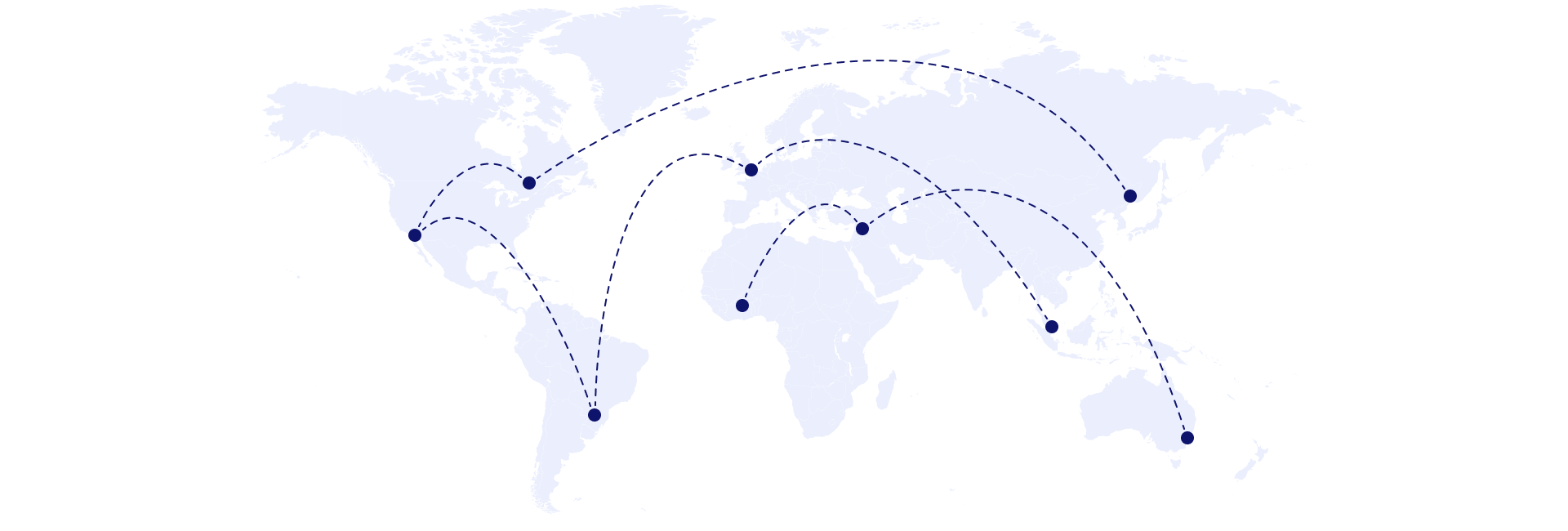
What our customers say about our services
